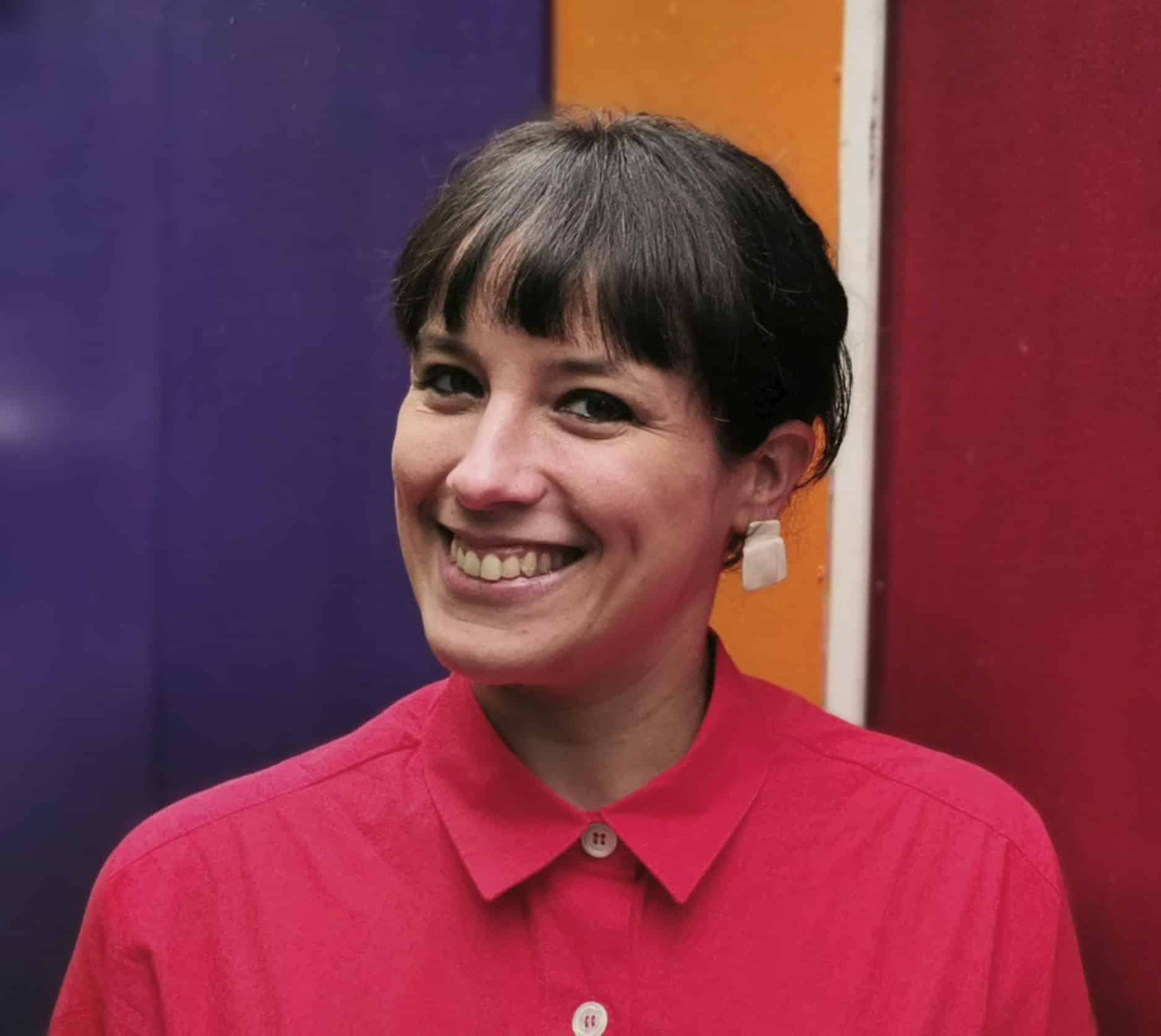Clara Higuera, lead data scientist and project manager on BBVA’s new predictive models for debt mitigation, speaks to Global Finance about the key steps to AI innovation.
Global Finance: BBVA recently introduced a machine learning (ML) pipeline for early debt recovery. What problem does this innovation solve?
Clara Higuera: When clients start facing difficulties in repaying loans, this is a double problem—for the customer and for the bank. Until two years ago, the debt recovery process was very manual, delaying offering solutions to clients.
We now have five machine-learning models that are either in development or in the production process. One model, for example, predicts the probability that a client will start facing difficulties—e.g., being unable to repay a loan—even when they are up to date with payments. Another is a model for predicting prolonged default—i.e., a default lasting two years or more for a customer already in default.
These models allow the bank to offer solutions earlier—within a month for many clients—whereas before, it could take a year before a solution was offered to those clients.
GF: What solutions or interventions can the bank apply when a loan appears to be troubled?
Higuera: It varies. It can involve a call from a financial adviser to a client or the offer of a refinancing solution. The ML models also rank clients according to their criticality, so financial advisers can prioritize which clients to contact first.
GF: Your offering uses a nonlinear boosting algorithm, XG-Boost. Nonlinear ML algorithms have been criticized for lacking interpretability. That is, it can be difficult for a bank to explain in everyday business language how it has arrived at a decision—either internally or to a client. Is this a concern for BBVA?
Higuera: Currently, we have used mainly tree-based models, like XG-Boost, which are less interpretable than logistic regression [which the bank used previously]. But for this reason, we have an evaluation and interpretability module in the pipeline that helps us visualize and understand the more important variables globally and locally.
Also, these models will not be used directly for the client but are more for our financial managers to manage debt. We do not use the most uninterpretable models, like neural networks, because we want some interpretability.
Finally, we hold sessions with the business units to analyze specific cases with them, which helps to [explain decisions and] uncover potential errors.
GF: Did the ML Pipeline require a “culture change” within BBVA before the innovation could be developed?
Higuera: The bank has used analytics for a long time and already has an established way of working. However, it took some time to build this new model, and we had to build trust to reach our goal. This was probably the most difficult part because we had to live with a lot of uncertainty.
We had to approach it by integrating the traditional methodology [i.e., logistic regression] with the new one [XG-Boost] and report performance comparisons so we could convince everyone that it worked.
It was also important that the team that was formed included data scientists from the bank’s Risk Analysis department and our AI Factory unit. As new modules were added to the pipeline, progress was constantly discussed.
GF: Is there any one of the five models that has been particularly useful?
Higuera: We see each of these as a funnel to help prevent clients from going from a critical state to an even more critical state. Each model provides insights that can slow down that movement toward default. The project is designed to be holistic—to help clients earlier.
GF: What organizational and innovation lessons have you learned?
Higuera: The value that data and AI can give to your organization is essential. Communication between the technical and nontechnical sides of the organization is also critical. Working as a team, a fundamental value at BBVA, is also essential.



